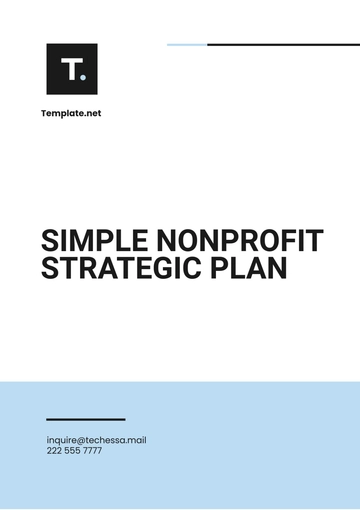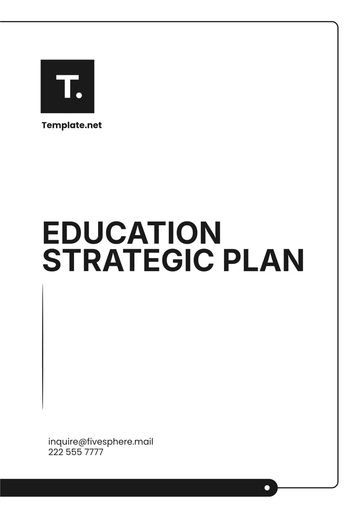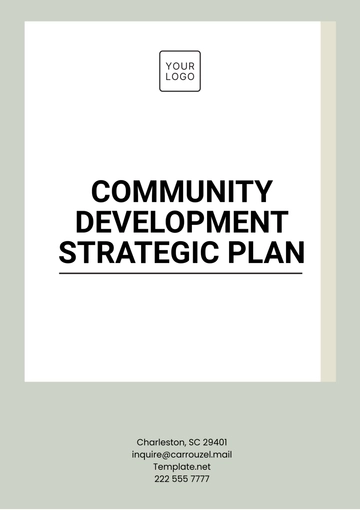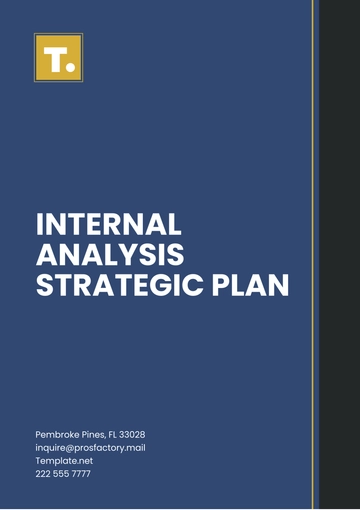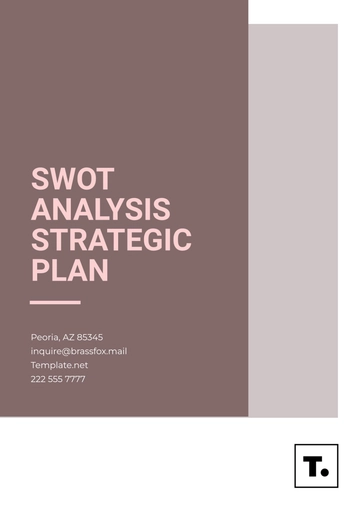Strategic Planning Observational Study
Prepared by: [YOUR NAME]
Date: [DATE]
I. Introduction
This study aims to observe and analyze the strategic planning processes within an organization. The objective is to identify strengths, weaknesses, and areas for improvement in the approach to setting and achieving long-term goals. The focus is on key aspects such as decision-making, resource allocation, stakeholder involvement, and strategy execution, offering recommendations for enhancing overall strategic planning efficiency.
II. Methodology
The study was conducted over a three-month period, during which strategic planning sessions and related meetings were observed. The observation process included attending executive meetings, reviewing strategic documents, and interviewing key stakeholders involved in the planning process. Both qualitative and quantitative data were gathered through direct observation and follow-up interviews. No interventions were made during the observation to ensure the natural flow of processes.
III. Findings
A. Decision-Making Process
The strategic planning team's collaborative approach promoted inclusivity and open dialogue, but unclear roles and responsibilities caused delays and confusion over decision authority, resulting in decisions being deferred to senior executives and creating bottlenecks that reduced mid-level efficiency.
Key Issue | Impact | Proposed Improvement |
|---|
Unclear roles and responsibilities | Delays and project stagnation. | Define and communicate decision-making roles. |
Deferral to senior executives | Bottlenecks and over-reliance on top leadership. | Empower mid-level managers to make decisions. |
B. Resource Allocation
Reactive resource allocation led to overload and underutilization, while misaligned financial planning caused inefficiencies and delays.
Issue | Observed Impact | Suggested Improvement |
|---|
Reactive resource allocation | Overloaded departments and underutilized resources. | Implement proactive resource planning. |
Misalignment of financial planning | Budget adjustments caused delays and inefficiencies. | Align budgets with long-term goals. |
C. Stakeholder Involvement
Senior management dominated stakeholder involvement, sidelining middle management and front-line employees. This caused strategies to misalign with operational realities.
Level of Stakeholder | Current Involvement | Impact on Strategy | Recommended Action |
|---|
Senior Management | Highly involved | Good alignment with top-level goals. | Maintain involvement. |
Middle Management | Limited involvement | Disconnection between strategy and execution. | Increase involvement in planning. |
Front-line Employees | Little to no involvement | Unrealistic strategies that don't align with daily operations. | Include front-line input in planning. |
D. Strategy Execution
Strategy execution was inconsistent due to the lack of a standardized monitoring system and accountability processes. This led to delays and unimplemented initiatives.
Execution Aspect | Issue | Suggested Improvement |
|---|
Monitoring and Feedback | No standardized tracking system. | Implement a structured monitoring system. |
Accountability for Execution | Lack of accountability mechanisms. | Create clear accountability processes and regular reviews. |
IV. Analysis
The findings reveal several areas where the strategic planning process can be improved. The decision-making process would benefit from clearer role definitions and more decentralized decision-making to avoid bottlenecks. The misalignment between resource allocation and strategic goals is a significant issue, as it hampers the ability to achieve long-term objectives efficiently.
Furthermore, the lack of broader stakeholder involvement during the planning phase limits the scope of the strategic plan. Involving middle management and front-line employees can lead to more actionable and realistic strategies. Finally, the absence of a structured process for tracking and adjusting strategy execution undermines the potential success of strategic initiatives.
V. Recommendations
VI. Conclusion
The observational study of the strategic planning process highlights critical areas that need attention for the organization to achieve its strategic objectives effectively. By improving decision-making, aligning resources with priorities, involving a broader range of stakeholders, and establishing a monitoring system, the organization can enhance its strategic planning process and improve overall business performance.
Observational Study Templates @ Template.net


